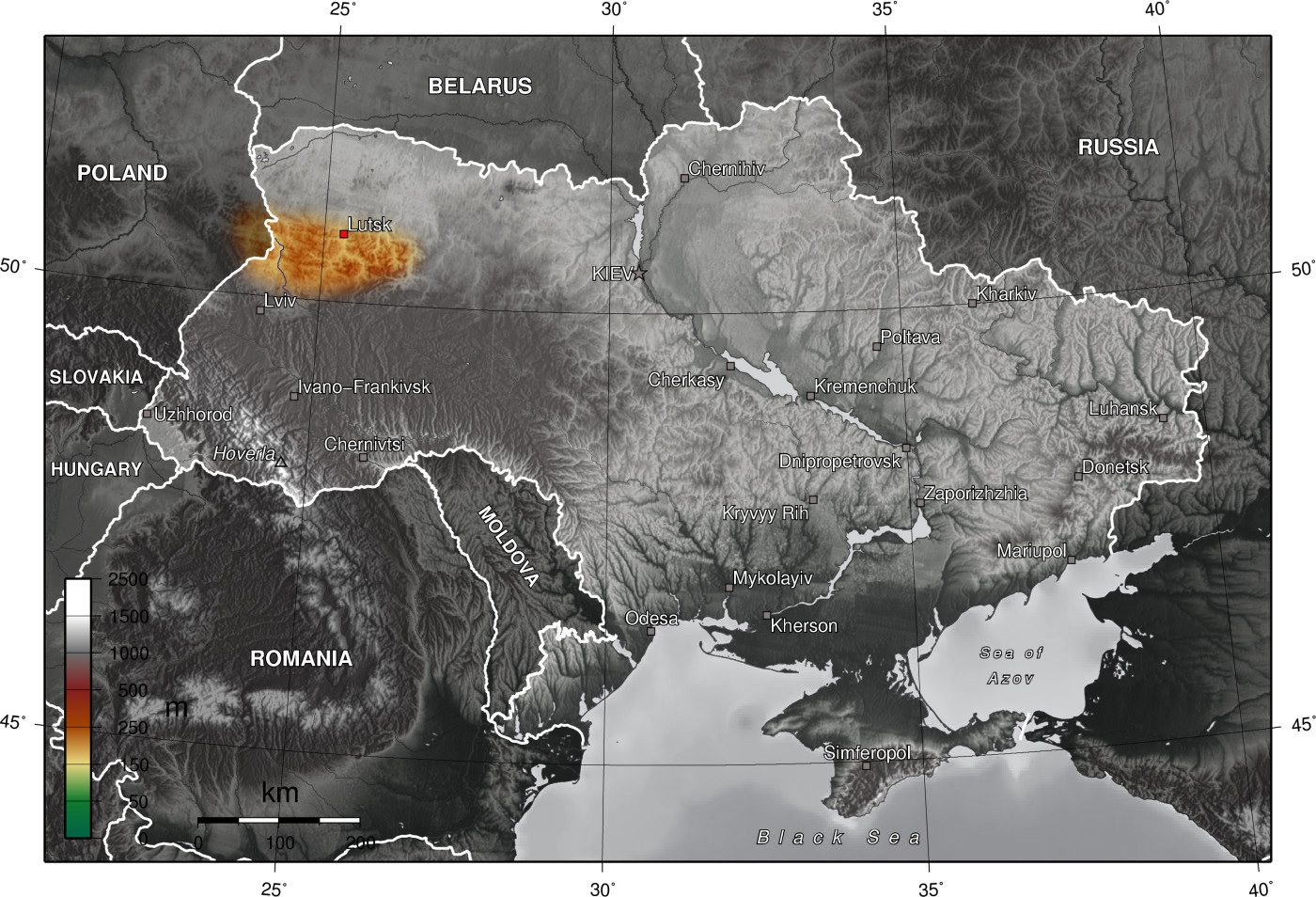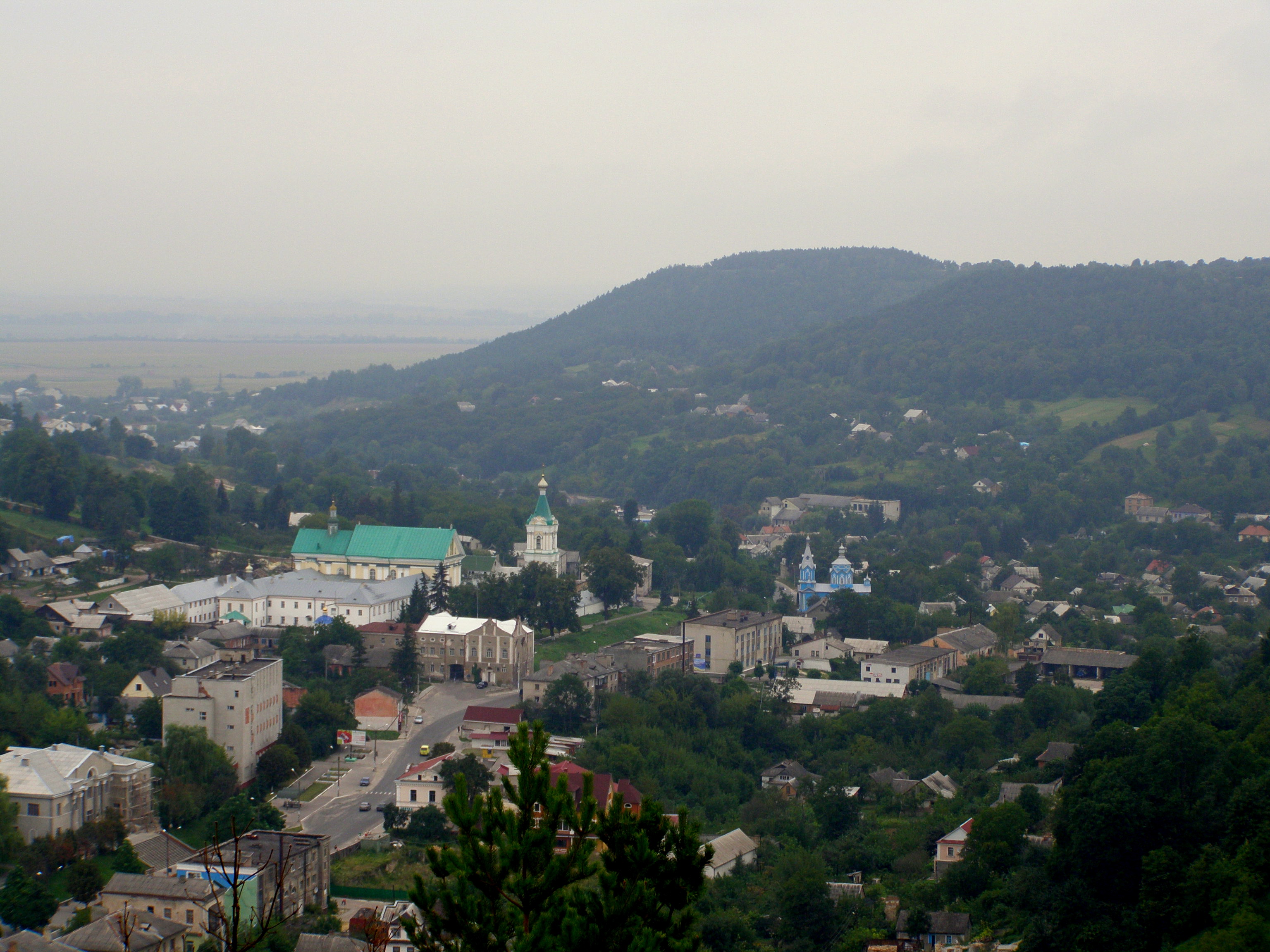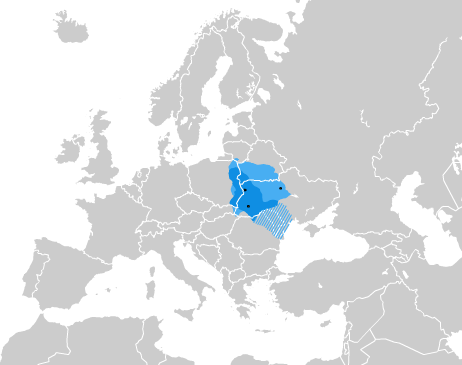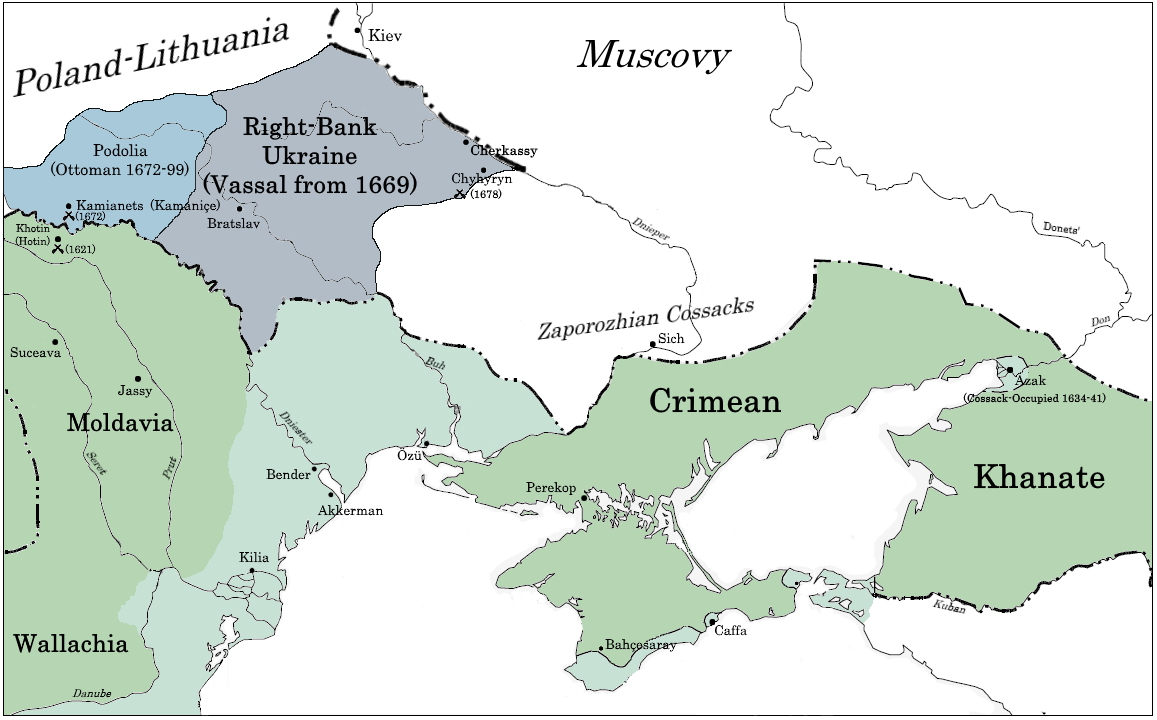|
Volhynian-Podolian Upland
Volhynian-Podolian Upland ( uk, Волинсько-Поділська височина) is a system of uplands in West Ukraine and Right-bank Ukraine. The upland includes such features: * Podillia Upland **Opillia Upland **Lviv Plateau **Holohory-Kremenets Ridge ***Kremenets Hills ***Holohory (Barren Hills) ***Voroniaky **Tovtry ***Medobory ***Pruth-Dniester Tovtry ***Murafa Tovtry * Volhynia-Kholm Upland **Kholm Upland **Sokal Ridge **Bug Upland **Horokhiv Upland **Povcha Upland **Rivne Plateau **Hoshcha Plateau **Mizoch Ridge **Shepetivka Plain * Little Polesia ** Bug Depression ***Ridged Bug Plain ** Brody Plain ** Ostroh Valley Along with Roztochia Upland and Moldavian Plateau, the upland forms the Volhynian-Podolian Plate. External links Volhynian-Podolian Uplandat Encyclopedia of Ukraine The ''Encyclopedia of Ukraine'' ( uk, Енциклопедія українознавства, translit=Entsyklopediia ukrainoznavstva), published from 1984 to 2001, is a fundamenta ... [...More Info...] [...Related Items...] OR: [Wikipedia] [Google] [Baidu] |
Volhynian Upland
The Volhynian Upland ( uk, Волинська височина, ''volynska vysochyna'') is an upland in western Ukraine, with its small northwestern part stretching into eastern Poland. The Podolian Upland and the Volhynian Upland are sometimes grouped together as the Volhynian-Podolian Upland. It should be known that both uplands are separated by a plain called "Little Polesia" ( uk, Мале Полісся). Volhynian Upland lays between Western Bug and Korchyk River which is a tributary of Sluch River. It stretches for over with a width around . Average elevation is with the maximum being Mizoch Ridge . Its surface is weakly wavy dissected by wide river valleys and gulches. Geologically, it consists of Paleozoic deposits overlapped with rocks of Cretaceous system. There are karst forms of relief and in karstic depressions there exist small lakes. Among minerals there are chalk, black coal, peat, pegmatites, clays. Widespread there are peat bogs. The geographic region ... [...More Info...] [...Related Items...] OR: [Wikipedia] [Google] [Baidu] |
Podillia Upland
The Podolian Upland (Podolian Plateau) or Podillia Upland ( uk, подільська височина, ''podilska vysochyna'') is a highland area in southwestern Ukraine, on the left (northeast) bank of the Dniester River, with small portions in its western extent stretching into eastern Poland. The region lies roughly between the Southern Bug and Dniester Rivers, with the Western Bug also originating in the northwest of the highlands. The average altitude of the Podolian Upland is over with the maximum being a hill known as Kamula Mountain, at . The surface is characterized by a combination of wide flat interfluves and deep canyon-like valleys (so called dale Dale or dales may refer to: Locations * Dale (landform), an open valley * Dale (place name element) Geography ;Australia * The Dales (Christmas Island), in the Indian Ocean ;Canada * Dale, Ontario ;Ethiopia *Dale (woreda), district ;Norway *D ...s) dissected into separate natural sub-regions: *Wooded heightened ... [...More Info...] [...Related Items...] OR: [Wikipedia] [Google] [Baidu] |
West Ukraine
Western Ukraine or West Ukraine ( uk, Західна Україна, Zakhidna Ukraina or , ) is the territory of Ukraine linked to the former Kingdom of Galicia–Volhynia, which was part of the Polish–Lithuanian Commonwealth, the Austrian Empire, Austria-Hungary and the Second Polish Republic, and came fully under the control of the Soviet Union (via the Ukrainian Soviet Socialist Republic) only in 1939, following the Molotov–Ribbentrop Pact. There is no universally accepted definition of the territory's boundaries (see the map, right), but the contemporary Ukrainian administrative regions or Oblasts of Chernivtsi, Ivano-Frankovsk, Lviv, Ternopil and Transcarpathia (which were part of the former Austro-Hungarian Empire) are nearly always included and the Lutsk and Rivne Oblasts (parts of the annexed from Poland during its Third Partition) are usually included. It is less common to include the Khmelnytski and, especially, the Vinnytsia and Zhytomyr Oblasts in this cate ... [...More Info...] [...Related Items...] OR: [Wikipedia] [Google] [Baidu] |
Right-bank Ukraine
Right-bank Ukraine ( uk , Правобережна Україна, ''Pravoberezhna Ukrayina''; russian: Правобережная Украина, ''Pravoberezhnaya Ukraina''; pl, Prawobrzeżna Ukraina, sk, Pravobrežná Ukrajina, hu, Jobb parti Ukrajna) is a historical and territorial name for a part of modern Ukraine on the right (west) bank of the Dnieper River, corresponding to the modern-day oblasts of Vinnytsia, Zhytomyr, Kirovohrad, as well as the western parts of Kyiv and Cherkasy. It was separated from the left bank during the Ruin. Right-bank Ukraine is bordered by the historical regions of Volhynia and Podolia to the west, Moldavia to the southwest, Yedisan and Zaporizhzhia to the south, left-bank Ukraine to the east, and Polesia to the north. Main cities of the region include Cherkasy, Kropyvnytskyi, Bila Tserkva, Zhytomyr and Oleksandriia. History The history of right- and left-bank Ukraine is closely associated with the Khmelnytsky Uprising of 1648–57. ... [...More Info...] [...Related Items...] OR: [Wikipedia] [Google] [Baidu] |
Opillia Upland
Opillia ( uk, Опілля, ) is a geographic region of the Podolian Upland in Lviv Oblast, Ivano-Frankivsk Oblast and Ternopil Oblast in western Ukraine. It is a western region of the Podillia Upland that stretches along the left bank of Dniester River and across valleys of Hnyla Lypa River, Hnyla Lypa and Zolota Lypa River, Zolota Lypa rivers. Zolota Lypa approximately serves as an eastern boundary, while to its west is located the Sian-Dniester Divide Plain. The southern boundary of Opillia is created by Dniester, while to the north it reaches Lviv Plateau (Roztochia), Holohory, and Peremyshliany Highlands. Last two features are also part of the Podillia Upland region. The general elevation here is around and in contrast to the rest of Podillia Upland, Podillia landscape in the region is more smooth and gentle. The foundation of the upland consists of a soft chalky rock. Beside the above-mentioned rivers, through the region flow such rivers like Zubra River, Svirzh River, and o ... [...More Info...] [...Related Items...] OR: [Wikipedia] [Google] [Baidu] |
Roztochia Upland
Roztocze ( uk, Розточчя, ''Roztochia'') is a range of hills in east-central Poland and western Ukraine which rises from the Lublin Upland and extends southeastward through Solska Forest and across the border into Ukrainian Podolia. Low and rolling, the range is approximately 180 km long and 14 km wide. Its highest peak within Poland is Wielki Dział at 390 meters, while in Ukraine it is Vysokyi Zamok (Lviv High Castle) at 409 m. In Poland Roztocze lies in the Lublin and Podkarpackie voivodships, while the portion in Ukraine extends all the way to the outskirts of Lviv. In 2011 UNESCO established the Roztochya Biosphere Reserve. The Polish portion of the range makes up the Roztocze National Park. Inhabitation Main cities and towns of the Roztocze range include: Biłgoraj, Hrubieszów, Janów Lubelski, Józefów, Krasnobród, Kraśnik, Lubaczów, Narol, Nemyriv, Szczebrzeszyn, Tomaszów Lubelski, Yavoriv, Zamość, Zhovkva, and Zwierzyniec. Points of interes ... [...More Info...] [...Related Items...] OR: [Wikipedia] [Google] [Baidu] |
Moldavian Plateau
The Moldavian Plateau ( ro, Podișul Moldovei) is a geographic area of the historical region of Moldavia, spanning nowadays east and northeast of Romania, most of Moldova (except the south), and most of the Chernivtsi Oblast of Ukraine (where it is known as the ''Pokuttyan-Bessarabian Upland''). Limits The Moldavian Plateau is bounded (in clockwise order): * to the west by the Eastern Carpathian Mountains ( ro, Carpații Orientali), * to north and north-east by the Podolian Plateau ( ro, Podișul Podoliei), * to the east and south east by Black Sea Lowland across which to the east stretches the Pontic Plain ( ro, Câmpia Pontică), part of the Eurasian steppe ( ro, Stepa Eurasiatică) and to the south towards the Black Sea the Bugeac Plain ( ro, Câmpia Bugeacului, Câmpia Moldovei de sud), (3,210 km2 in Moldova) * to the south by the Romanian Plain, also known as Wallachian Plain and Bărăgan Plain ( ro, Câmpia Română, Câmpia Bărăganului), and * to the southwest b ... [...More Info...] [...Related Items...] OR: [Wikipedia] [Google] [Baidu] |
Encyclopedia Of Ukraine
The ''Encyclopedia of Ukraine'' ( uk, Енциклопедія українознавства, translit=Entsyklopediia ukrainoznavstva), published from 1984 to 2001, is a fundamental work of Ukrainian Studies. Development The work was created under the auspices of the Shevchenko Scientific Society in Europe ( Sarcelles, near Paris). As the ''Encyclopedia of Ukrainian Studies'' it conditionally consists of two parts, the first being a general part that consists of a three volume reference work divided in to subjects or themes. The second part is a 10 volume encyclopedia with entries arranged alphabetically. The editor-in-chief of Volumes I and II (published in 1984 and 1988 respectively) was Volodymyr Kubijovyč. The concluding three volumes, with Danylo Husar Struk as editor-in-chief, appeared in 1993. The encyclopedia set came with a 30-page ''Map & Gazetteer of Ukraine'' compiled by Kubijovyč and Arkadii Zhukovsky. It contained a detailed fold-out map (scale 1:2,000,000 ... [...More Info...] [...Related Items...] OR: [Wikipedia] [Google] [Baidu] |
Volhynian-Podolian Upland
Volhynian-Podolian Upland ( uk, Волинсько-Поділська височина) is a system of uplands in West Ukraine and Right-bank Ukraine. The upland includes such features: * Podillia Upland **Opillia Upland **Lviv Plateau **Holohory-Kremenets Ridge ***Kremenets Hills ***Holohory (Barren Hills) ***Voroniaky **Tovtry ***Medobory ***Pruth-Dniester Tovtry ***Murafa Tovtry * Volhynia-Kholm Upland **Kholm Upland **Sokal Ridge **Bug Upland **Horokhiv Upland **Povcha Upland **Rivne Plateau **Hoshcha Plateau **Mizoch Ridge **Shepetivka Plain * Little Polesia ** Bug Depression ***Ridged Bug Plain ** Brody Plain ** Ostroh Valley Along with Roztochia Upland and Moldavian Plateau, the upland forms the Volhynian-Podolian Plate. External links Volhynian-Podolian Uplandat Encyclopedia of Ukraine The ''Encyclopedia of Ukraine'' ( uk, Енциклопедія українознавства, translit=Entsyklopediia ukrainoznavstva), published from 1984 to 2001, is a fundamenta ... [...More Info...] [...Related Items...] OR: [Wikipedia] [Google] [Baidu] |
Plateaus Of Ukraine
In geology and physical geography, a plateau (; ; ), also called a high plain or a tableland, is an area of a highland consisting of flat terrain that is raised sharply above the surrounding area on at least one side. Often one or more sides have deep hills or escarpments. Plateaus can be formed by a number of processes, including upwelling of volcanic magma, extrusion of lava, and erosion by water and glaciers. Plateaus are classified according to their surrounding environment as intermontane, piedmont, or continental. A few plateaus may have a small flat top while others have wide ones. Formation Plateaus can be formed by a number of processes, including upwelling of volcanic magma, extrusion of lava, Plate tectonics movements and erosion by water and glaciers. Volcanic Volcanic plateaus are produced by volcanic activity. The Columbia Plateau in the north-western United States is an example. They may be formed by upwelling of volcanic magma or extrusion of lava. The un ... [...More Info...] [...Related Items...] OR: [Wikipedia] [Google] [Baidu] |





